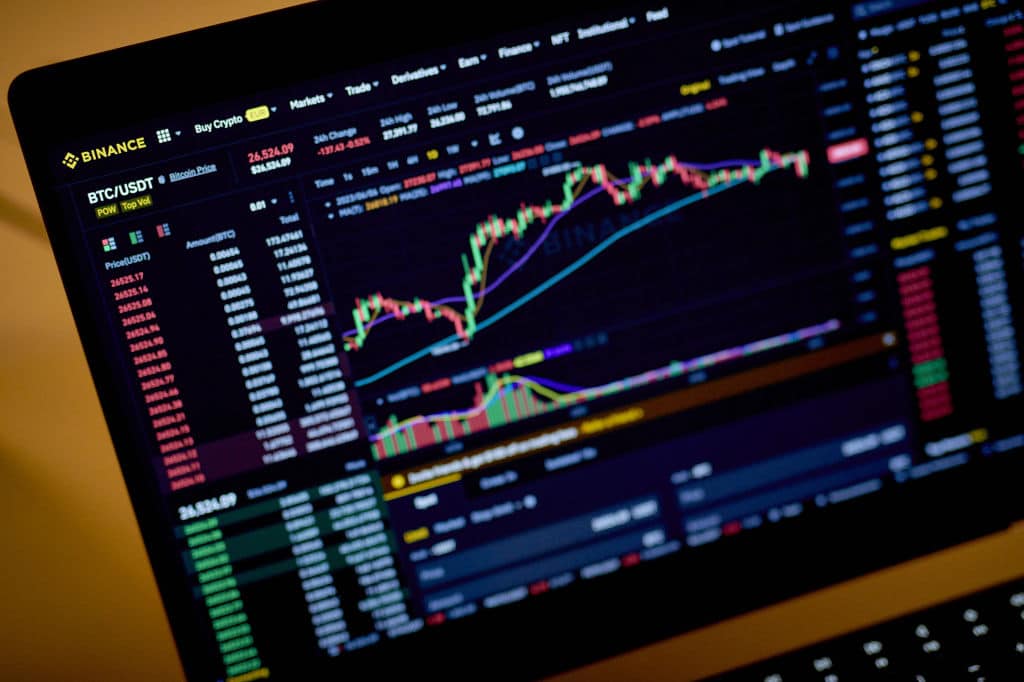The Securities and Exchange Commission is suing Binance, the world’s largest cryptocurrency exchange, its U.S. affiliate and founder Changpeng Zhao.
Among the reams of evidence provided by the agency, which include employee text messages, testimonies of former executives and Binance’s audit reports, some accusations seemed especially bizarre. Here are five that caught our eye:
The former chief compliance officer said “there’s no fking way we are clean”
In a text exchange with another employee, Binance’s former chief compliance officer, Samuel Lim, said he did not believe the company was “clean.” As an example, he said that the exchange’s customer service is teaching users how to circumvent sanctions.
Binance is accused of hijacking MORE user funds than FTX
The SEC alleges Binance and Binance.US redirected over $12 billion in clients’ assets to entities controlled by Zhao between 2019 and 2021. That’s $4 billion more than the $8 billion shortfall initially claimed in the case of FTX, formerly the second-largest crypto exchange and the subject of a spectacular collapse in November. Additionally, millions of dollars of customer and corporate funds were commingled in accounts of Merit Peak, a British Virgin Islands trading firm owned by Zhao, according to the agency.
In a Twitter post on Thursday, Zhao denied the claim but only addressed the Binance.US part of the allegation. “To the best of my knowledge, Binance.US had in total roughly $2 billion in user funds. This number in USD equivalent fluctuates a little as crypto prices change. And declining as users withdraw due to recent news. All user funds are accounted for, and never left the Binance.US (unless users withdraw themselves of course), ever.” he wrote.
Binance received damning audits
Since Binance.US’s inception and through at least 2022, auditors from Armanino have identified “significant deficiencies that aggregated to material weaknesses” relating to Binance’s control over the operation of the Binance.US Platform and custody and control of customer assets, and the fact that Binance’s custody of U.S. customer assets was completely opaque” to employees of BAM Trading, Binance.US’s operator. Drawbacks listed in the 2019 audit included commingled customer and company funds, reliance on the parent for financial data and the lack of a disaster plan.
A separate audit from FGMK shows that Binance.US lost $181 million in 2022.
Two former CEOs of Binance.US claimed that Zhao ran the American unit
Brian Brooks, former chief executive of Binance.US who resigned three months after taking the job, said that “what became clear to me at a certain point was CZ was the CEO of BAM Trading, not me.” Binance has maintained that it operates independently from its American affiliate.
Brooks added that during his tenure Binance.US had a group of Shanghai-based employees who received part of their compensations in Binance’s BNBBNB +0.9% token and were part of a company called “Boran.”
Catherine Coley, the first chief executive of Binance.US–who abruptly left the company in 2021 and has been little heard from since– also revealed the subsidiary was not independent. The SEC alleged that for at least the first year of its existence, the parent company Binance.com insisted that Zhao and Guangying Chen, a close associate of Zhao also known as Heina, had to control the bank accounts of BAM Trading, the U.S. exchange. Coley told company lawyer Wei Zhou in an electronic exchange: “I’m confused why we go through all of these measures with separating BAM vs. .com and then have a non-U.S. resident, non employee on the bank applications.” Zhou replied “You know what HQ Finance’s position is, right?… They want to have Heina as signatory on US BAM bank accounts”
He advised: “No need to pound the separation thing too much. I think most people understand that by now.”
Coley dubbed an effort to escape Zhao’s control as “Project 1776,” a reference to the American Revolution. She told a fellow employee it was “for our independence,” according to the suit.
Wash trades occurred with employees’ knowledge
The SEC alleges that wash trading, or self-dealing, which typically results in an inflated trading volume that creates a false appearance of market interest, regularly took place on the Binance.US platform. Much of it occurred through accounts affiliated with Sigma Chain, an entity owned and controlled by Zhao, essentially making it a market maker on the Binance.US Platform.
In an online discussion in January 2021 about a drop in trading volume from Sigma Chain, the company’s sales director told other employees that 20 other accounts were fronts: “fyi, these are ALL sigma chain.” Later that month, an employee found he could trade with himself.
The SEC’s 13-count suit alleges that the crypto exchange, its American branch and Zhao “enriched themselves by billions of dollars while placing investors’ assets at significant risk” and “designed and implemented a multi-step plan to surreptitiously evade U.S. laws.”
Binance.US said late on Thursday that it would suspend deposits and withdrawals in U.S. dollars on its platform. In a message to customers, the company said it was “taking necessary actions” in a transition to a crypto-only exchange after the SEC suit discouraged banks from working with it
Zhao, Binance and two U.S subsidiaries have until June 28 to respond to the suit, which was filed in the federal court for the District of Columbia. A hearing on an SEC request to freeze the assets of Binance.US is set for June 13 at 2:00 PM Washington time.
